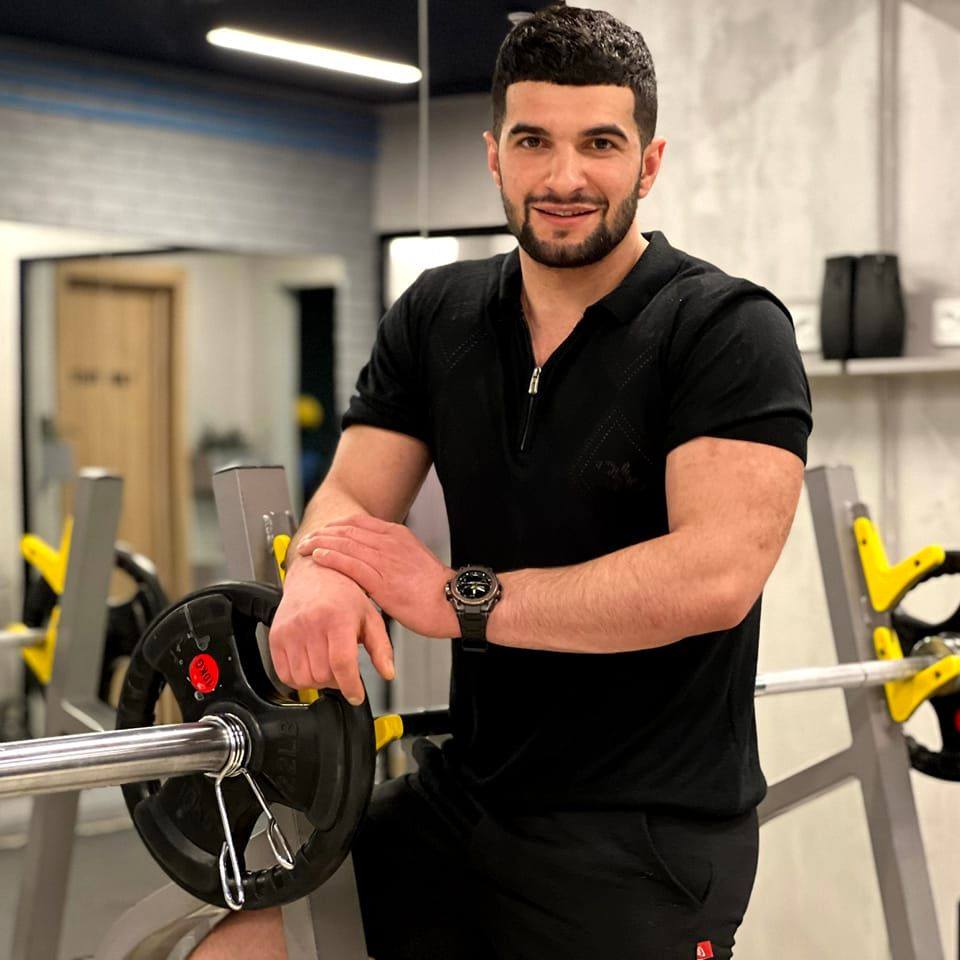The JSA portal is an online platform provided by the UK government’s Department for Work and Pensions (DWP) to help people manage their Jobseeker’s Allowance (JSA) benefits. The portal is designed to provide a convenient and easy-to-use way for JSA recipients to manage their accounts and access a range of services.
To access the JSA portal, you will need to have a JSA claim and have registered for an online account. Once you have registered, you can log in to the portal using your National Insurance number and a password that you have previously set up.You can also work out my calorie deficit James Smith .
Once logged in, the JSA portal provides a range of services, including:
- Checking payment information: You can view information about your JSA payments, including the amount you are receiving and the dates on which you will receive them.
- Job search: You can use the portal to search for job opportunities and apply for jobs.
- Report changes: You can report any changes in your circumstances that may affect your JSA payments, such as changes in your income or living situation.
- Communication: You can use the portal to communicate with your Jobcentre Plus advisor and receive messages about your JSA account.
- Accessing support: The portal also provides information and links to other sources of support, such as training and education programs, financial advice, and other government services.
The JSA portal is designed to be user-friendly and accessible, with clear instructions and guidance provided throughout the site. It is available 24/7, allowing users to manage their accounts and access services at any time. You can visit JSA Sign On and check the accuracy.
Overall, the JSA portal is a valuable resource for JSA recipients, providing a range of James Smith Calculator services and support to help them manage their benefits and find employment. It is important to keep your JSA portal account information secure and to log out of your account when you have finished using it, to prevent unauthorized access to your account. Check from here How many calories should I eat a day james smith .
What is ‘progressive overload’?
Progressive overload is quite simply about doing more, but in a more objective than subjective manner. It’s hard to say, ‘Oh, you need to be increasing your squat by 1kg every seven days’, because there are so many factors at play in every scenario. So first of all you need a starting point, which depends on who walks through the door when I am personal training.
If my mum came in, I’d probably get her to sit on a bench or box similar to what she’s familiar with to find a comfortable starting point to progress from, perhaps the sofa. (She’d note it’s a bit easier than usual because she’d be doing it without the glass of wine!) I could get her to sit down and stand back up ten times. I’d then ask her how hard she found it out of ten.
This is known as rate of perceived exhaustion (RPE), and it’s what I use with all my James Smith Academy members to keep them on top of their progressive-overload needs. She’d sit down and stand back up, then say to me that it ‘feels like an eight or nine out of ten difficulty’. Progressive overload for my mum could be to increase her reps. If, in a few weeks’ time, she can do eighteen reps before it’s perceived as an eight or nine out of ten, she has accomplished progressive overload.
From here, there are many ways for me to adapt her training. I could: give her a weight to hold slow down her lowering sit lower the box height bring in a pause or a quarter rep. As you can see there are plenty of ways to skin a cat – that was me just naming a few from the off. If you left me to train my mum for several weeks, when you came back she might have progressed to a barbell for ten reps without the requirement for a box.
That’s not exercising; that’s training – and without chasing anything unobtainable, only to progressively overload the exercise she was already doing. See someone in the gym with a big lift? Guess what – they progressively overloaded their way there, whether they know it or not. The experience of the person lifting will determine which methods are used to increase progressive overload. For instance, a more experienced lifter may even say they’re trying to break a plateau while attempting progressive overload. This is what Bret says:
After proper form and full range of motion are established and ingrained, now it’s time to worry about progressing in repetitions and load. But these aren’t the only ways to progress. Here are all the practical ways I can think of:
- Lifting the same load for increased distance (range of motion)
- Lifting the same load and volume with better form, more control and less effort (efficiency)/Lifting the same load for more reps (volume)
- Lifting heavier loads (intensity of load)
- Lifting the same load and volume with less rest time in between sets (density)
- Lifting a load with more speed and acceleration (intensity of effort)
- Doing more work in the same amount of time (density)
- Doing the same work in less amount of time (density)
- Doing more sets with the same load and reps (volume)
- Lifting the same load and volume more often throughout the week (frequency)
- Doing the same work while losing body mass (increased relative volume)
Lifting the same load and volume and then extending the set past technical failure with forced reps, negatives, drop sets, static holds, rest pause, partial reps or post-exhaustion (intensity of effort).
Just remember, improvements in form and range of movement come first, and increases in reps and load come second. I personally feel that this growing movement of aspiring to have well developed legs is fantastic because so many of my clients and other people’s clients are working towards progressing their big compound lifts, and hip thrusts have become the nucleus of their regime.
This is a positive movement because this isn’t just for appearance; it’s for performance, strength increases, and going to the gym with a goal that goes beyond just wanting to look better. To conclude, having sights set on progression and progressive overload should be the key focal point for someone who is either new to training or has lost the amount of fat they want to lose.
Transitioning from obese should not be directed towards very defined abs and a six-pack; it should be about getting in shape, so that you can start working your arse off towards a performance-based goal that you will, in time, accomplish, and then setting the bar slightly higher. That concludes the difference between training and exercising.
Big credit to Bret Contreras for all he has done for the world of lifters, especially for those who are female and now find themselves with a strong direction that doesn’t involve starving themselves to fit in. Progressive overload is a goal that is never fully met, and that’s what makes it a great focus for those who are training with intent. That is why you can’t just exercise and expect a training response.
James Smith-Personal Fitness Trainer

James Smith is a well-known personal trainer and fitness coach based in the UK. He has gained a large following on social media, particularly on Instagram and YouTube, for his straightforward approach to health and fitness, often challenging mainstream ideas and advocating for evidence-based practices.
James is known for his no-nonsense approach to training and nutrition, emphasizing the importance of consistency and adherence to a sustainable lifestyle rather than quick-fix solutions. He has written several books on fitness and nutrition, including “Not a Diet Book” and “The Grind Bible”, which have become popular among his followers.
In addition to his online presence, James runs a coaching and training business, where he works with clients to help them achieve their fitness goals through customized workout and nutrition plans. He is also a frequent speaker at fitness conferences and events, where he shares his expertise and insights on the latest trends and practices in the industry.
